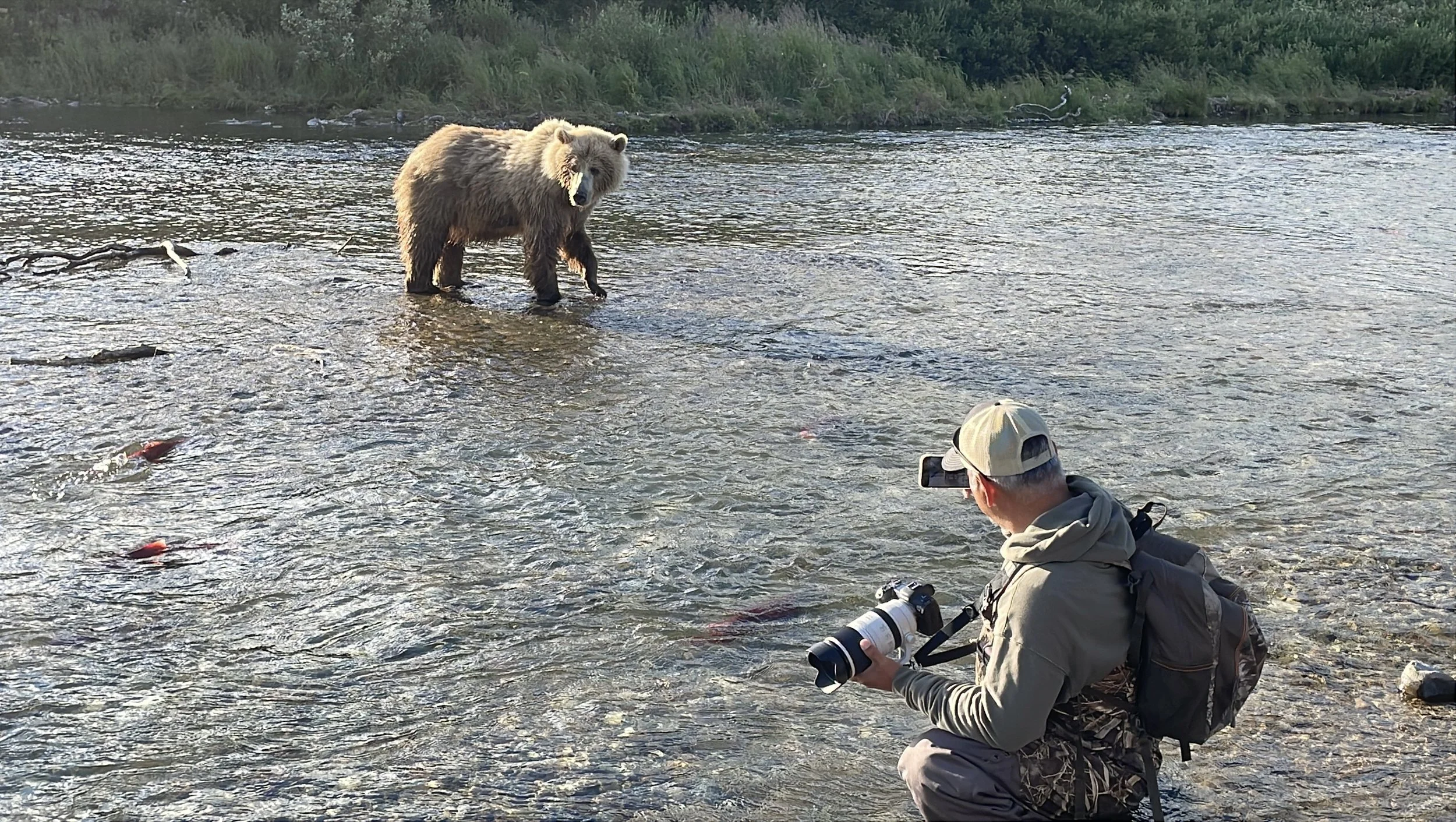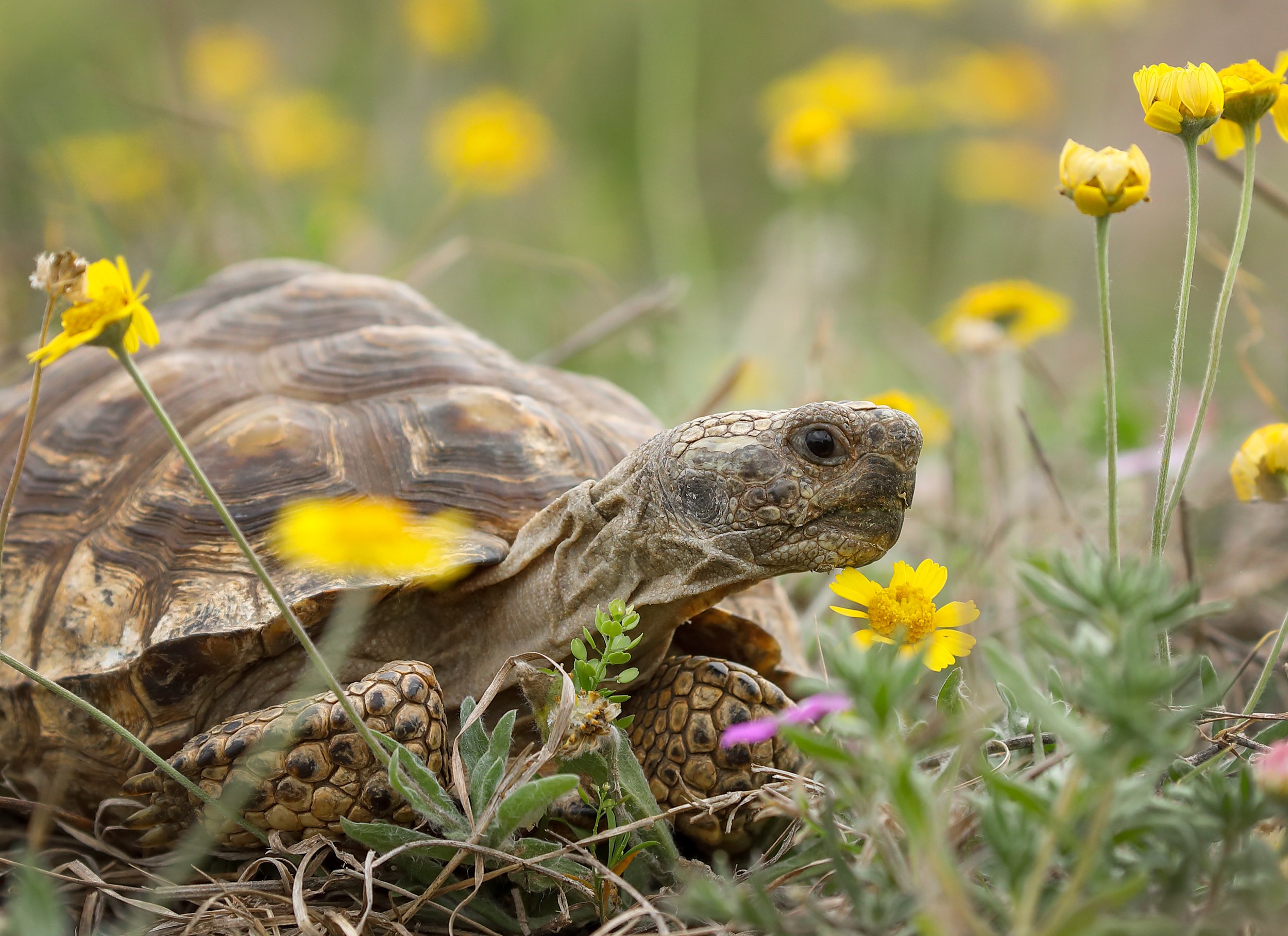This is part one of a six part blog photography series.
African Lion. 1/1000, f/7.1, ISO 1000
There’s something about locking eyes with a predator through the lens—knowing that, for a brief moment, you're in their world, capturing something raw, something untamed.
Whether it’s the silent stare of a lion in the Savannah, the calculated movement of a jaguar stalking its prey, or the raw power of a brown bear charging through a river, predators make for some of the most exhilarating and challenging subjects in wildlife photography.
But photographing these apex hunters isn’t just about pressing the shutter—it’s about understanding them, respecting them, and learning how to capture their power and presence in a way that tells a story.
This series is all about that.
There’s a reason why predators command attention in photography. They are the ultimate survivors—designed by nature for speed, strength, and strategy.
Unlike prey animals, predators don’t blend into the background. They are the ones doing the chasing, the ones shaping the balance of the ecosystem. And when you’re lucky enough to capture them in action, the result is an image that demands attention.
But that’s also what makes them so incredibly difficult to photograph.
Crossfox off Churchill. 1/1250, f/5.6, ISO 800
The Challenge of Predator Photography
Predators don’t pose for the camera, and they definitely don’t wait for the perfect lighting.
To capture them properly, you have to:
Understand their behavior – What triggers a hunt? What signs show aggression or curiosity?
Anticipate movement – Where will they go next? How do you stay ahead of the shot?
Adapt quickly – Lighting, distance, angles—every moment is different.
Stay safe – Knowing how to get close without becoming part of the food chain.
This is what makes predator photography a game of patience, skill, and respect. You’re not just taking a picture—you’re stepping into their world, and you have to be ready for whatever happens next.
North Carolina Black Bear. 1/1250, f/5.6, ISO 640
Ethics & Respect: Photographing Without Disturbing
One of the biggest responsibilities of a wildlife photographer is knowing when to shoot and when to back off.
Predators are not models. They are hunters, mothers, and territorial defenders.
Disrupting their behavior—even unintentionally—can mean the difference between a successful hunt and a failed one.
Florida Bobcat with sunset colors. 1/1000, f/5.6, ISO 400
A few rules I follow:
Never interfere with a hunt – Let nature take its course.
Give them space – A long lens is your best friend.
Learn to read their behavior – If a predator starts reacting to you, it’s time to back off.
Stay hidden when possible – A concealed presence means you see them as they truly are.
A great predator photo isn’t just about proximity—it’s about capturing their world without intruding on it.
What’s Coming Next in This Series?
Predator photography is about more than just pointing a camera—it’s about knowing your subject, understanding your gear, and being prepared for anything.
Over the next few posts, we’ll dive into:
Safety tips for photographing predators in the wild
Best cameras, lenses, and settings for predator photography
How to track and anticipate a predator’s movements
Techniques for capturing motion, power, and personality
Post-processing techniques to enhance your images
Jaguar in the Pantanal, 1/3200, f/5.6, ISO 1600
Capturing a predator is more than just a photo—it’s an experience. A moment where you connect, even briefly, with the untamed wild.
And once you get that first shot, the one where the eyes lock, the muscles tense, and you realize you just captured something extraordinary… you’ll understand why we keep coming back for more.



















